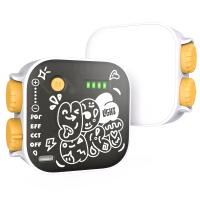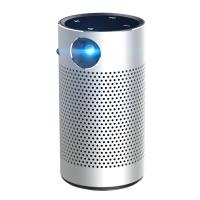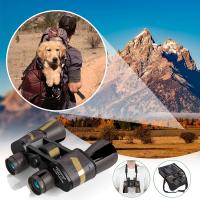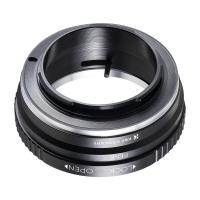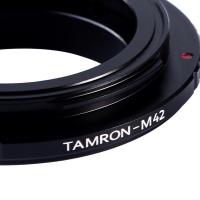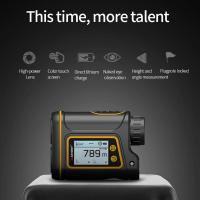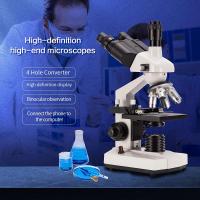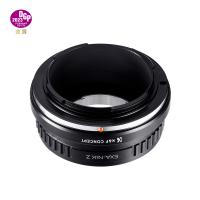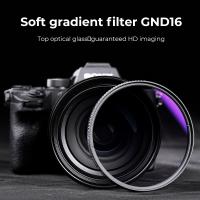Dictaphone That Types What You Say ?
A dictaphone that types what you say is a device that combines the functionality of a traditional dictaphone with speech recognition technology. It allows users to speak into the device, which then converts their speech into written text. This can be particularly useful for individuals who need to transcribe their spoken words into written form, such as journalists, writers, or professionals who frequently dictate notes or documents. By eliminating the need for manual transcription, a dictaphone that types what you say can save time and effort, making the process more efficient.
1、 Speech-to-text technology in dictaphones
Speech-to-text technology in dictaphones, also known as voice recognition or dictation software, has revolutionized the way we capture and transcribe audio recordings. This technology allows users to speak into a dictaphone, and the device automatically converts their speech into written text. It eliminates the need for manual transcription, saving time and effort.
Dictaphones that type what you say have become increasingly popular in various industries, including journalism, legal, and healthcare. Journalists can quickly transcribe interviews, lawyers can dictate case notes, and doctors can record patient information. This technology has significantly improved productivity and efficiency in these fields.
The latest advancements in speech-to-text technology have made dictaphones even more accurate and reliable. Machine learning algorithms and neural networks have been employed to enhance the accuracy of transcription. These algorithms continuously learn from user input, improving their ability to recognize and transcribe speech accurately.
Additionally, dictaphones now offer real-time transcription, allowing users to see the text appear on the screen as they speak. This feature enables immediate editing and correction, ensuring the accuracy of the transcribed text. Some dictaphones also offer language translation capabilities, making them invaluable tools for international communication.
However, it is important to note that while speech-to-text technology has come a long way, it is not perfect. Background noise, accents, and speech patterns can still pose challenges for accurate transcription. Nonetheless, ongoing advancements in artificial intelligence and natural language processing are continuously improving the accuracy and reliability of dictaphones.
In conclusion, dictaphones that type what you say, powered by speech-to-text technology, have transformed the way we capture and transcribe audio recordings. With the latest advancements, these devices offer increased accuracy, real-time transcription, and language translation capabilities. While there are still limitations, the continuous development of this technology holds great promise for the future of dictation and transcription.
2、 Automatic transcription feature in dictaphones
The automatic transcription feature in dictaphones is a revolutionary advancement in the field of voice recording technology. This feature allows users to simply speak into the dictaphone, and it will transcribe their words into written text. It eliminates the need for manual transcription, saving time and effort for professionals who rely on accurate and efficient note-taking.
Dictaphones with automatic transcription capabilities utilize advanced speech recognition algorithms and artificial intelligence to convert spoken words into written text. This technology has significantly improved over the years, with increased accuracy and speed. It can accurately transcribe various accents, languages, and even handle background noise to a certain extent.
The dictaphone that types what you say has become an invaluable tool for professionals such as journalists, researchers, and students. It allows them to capture important information in real-time, without the need to pause and manually transcribe later. This feature has also proven beneficial for individuals with disabilities or those who struggle with traditional note-taking methods.
However, it is important to note that while automatic transcription technology has come a long way, it is not perfect. There may still be occasional errors in the transcriptions, especially in cases of complex terminology or unusual speech patterns. Therefore, it is advisable to proofread and edit the transcriptions for accuracy.
Overall, the automatic transcription feature in dictaphones has revolutionized the way we capture and document information. It has made the process faster, more efficient, and accessible to a wider range of individuals. As technology continues to advance, we can expect even more accurate and reliable transcription capabilities in the future.
3、 Voice recognition software in dictaphones
Voice recognition software in dictaphones has revolutionized the way we take notes and transcribe audio recordings. This technology allows users to speak into a dictaphone, and the software automatically converts their speech into written text. It eliminates the need for manual transcription, saving time and effort.
One of the most notable advancements in this field is the dictaphone that types what you say. This device combines the convenience of a traditional dictaphone with the accuracy and efficiency of voice recognition software. Users can simply speak into the device, and their words are instantly transcribed into text. This feature is particularly useful for professionals who need to quickly document their thoughts or record important information during meetings or interviews.
The latest dictaphones with voice recognition software have made significant improvements in accuracy and speed. They are now capable of understanding a wide range of accents and languages, making them more accessible to a global audience. Additionally, advancements in machine learning and artificial intelligence have enhanced the software's ability to recognize and interpret speech patterns, resulting in more accurate transcriptions.
Dictaphones with voice recognition software have also become more user-friendly and intuitive. They often come with additional features such as noise cancellation and voice command capabilities, allowing users to have a seamless and efficient dictation experience.
Overall, the dictaphone that types what you say is a game-changer in the world of note-taking and transcription. It offers a convenient and efficient solution for professionals who need to document their thoughts and ideas on the go. With ongoing advancements in voice recognition technology, we can expect even more accurate and sophisticated dictaphones in the future.
4、 Real-time transcription capabilities of dictaphones
Real-time transcription capabilities of dictaphones have revolutionized the way we capture and document information. These advanced devices now come equipped with cutting-edge technology that allows them to transcribe spoken words into written text instantaneously. This feature, often referred to as a "dictaphone that types what you say," has significantly enhanced productivity and efficiency in various professional fields.
Dictaphones with real-time transcription capabilities offer numerous benefits. They enable users to dictate their thoughts, ideas, or notes without the need for manual transcription or typing. This not only saves time but also reduces the risk of errors that can occur during manual transcription. Additionally, real-time transcription allows for immediate access to written text, making it easier to review, edit, and share information.
The latest dictaphones with transcription capabilities have seen significant advancements in accuracy and speed. Powered by artificial intelligence and machine learning algorithms, these devices can accurately transcribe speech in real-time, even in noisy environments. They can adapt to different accents, dialects, and speech patterns, ensuring a high level of accuracy.
Moreover, these dictaphones often come with additional features such as voice commands, language translation, and integration with other software applications. This further enhances their usability and versatility in various professional settings.
Real-time transcription capabilities of dictaphones have found applications in fields such as journalism, legal, healthcare, and business. Journalists can quickly transcribe interviews, lawyers can document legal proceedings, doctors can record patient information, and professionals can capture meeting minutes effortlessly.
In conclusion, the advent of dictaphones with real-time transcription capabilities has transformed the way we capture and document information. With their accuracy, speed, and additional features, these devices have become indispensable tools for professionals seeking efficient and accurate transcription solutions.










